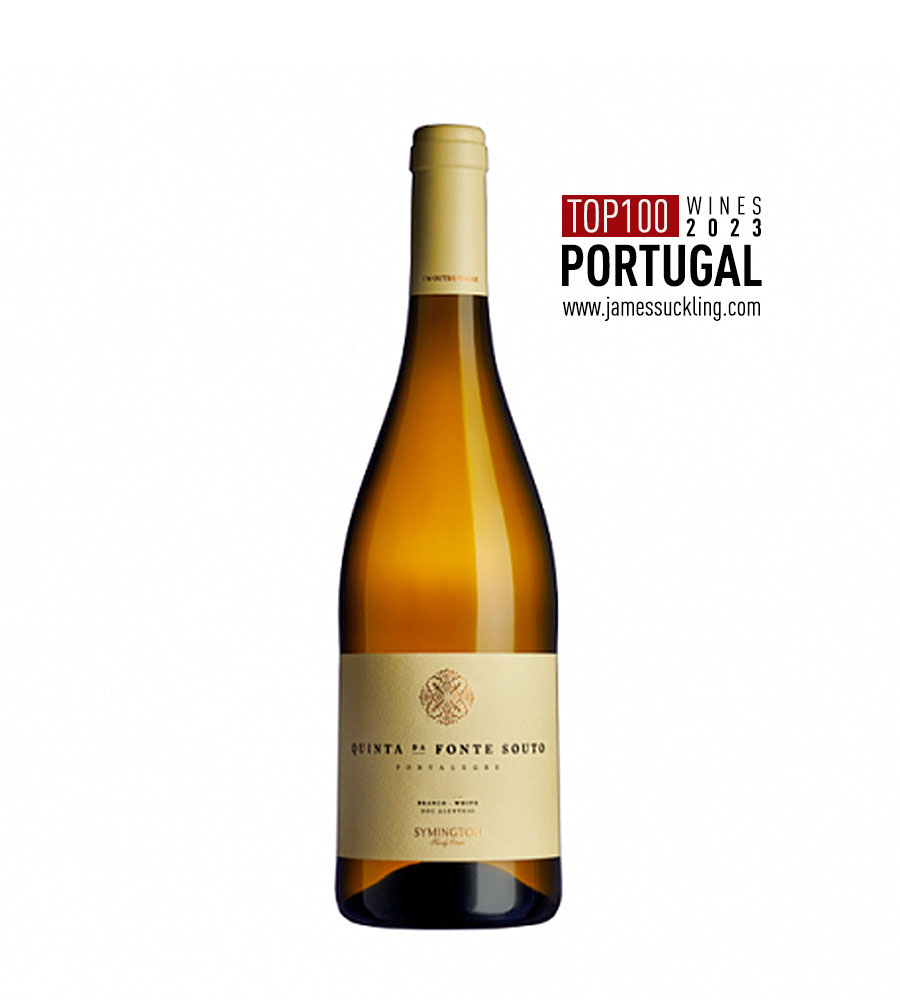Quinta da Fonte Souto
Located on the slopes of the São Mamede Natural Park, near Portalegre, Fonte Souto’s vineyards—planted between 490 and 550 meters altitude—benefit from cooler and more humid conditions than the areas of the hot Alentejo plain. The soils, transitioning between schist and granite, with a predominance of schist, ensure an ideal balance between good water retention and drainage. The wines express the freshness and balance derived from the high altitudes, as well as the structure and complexity resulting from mature vines with low yields.
Winemaking: Grapes are harvested into small crates and received at the property’s cellar. After manual sorting, they undergo destemming and gentle crushing, followed by transfer to a pneumatic press where they are pressed at low pressure. Fermentation begins in stainless steel tanks, but immediately after the start of alcoholic fermentation, some of the must is transferred to 500-liter oak barrels—this larger capacity minimizes the impact of wood on the aromatic component. Greater incorporation of ‘fine lees’ is intended to produce wines with greater aromatic complexity and mouthfeel. The musts are kept in contact with the fermentation lees through frequent batonnage, to promote the extraction of released compounds, which provide volume and richness that balance well with the natural acidity of the São Mamede grapes.
Aging: 60% of the blend fermented in 500-liter barrels in contact with the fine lees. The final blend aged for seven months in new oak barrels from French and Central European oak (55%); 40% in second and third-year oak, and 5% in stainless steel.
Awards:
93/ 100 – James Suckling – Top 100 Portuguese Wines 2023
Allergens information
Contains sulphites.
SKU: 105228


